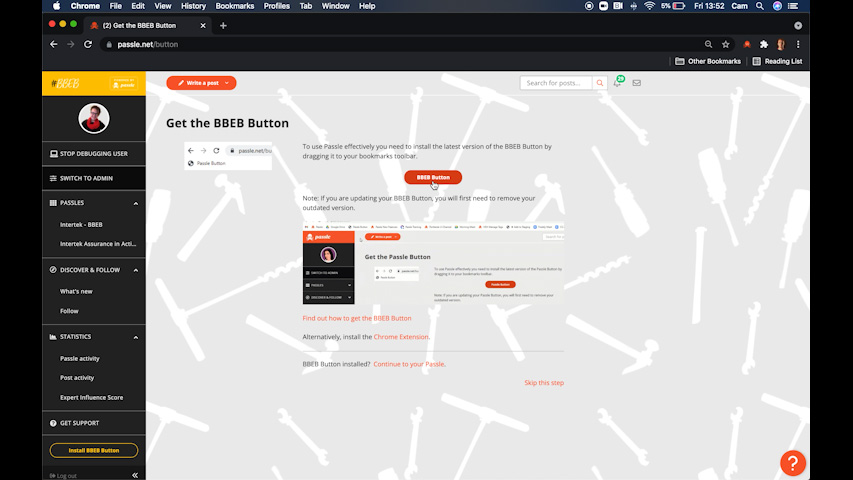Prior to the arrival of the first people in New Zealand in the 1300’s the landscape was very different with ancient podocarp forests and a variety of unique avian species including nine species of the Moa, a large wingless ratite.
The only non-marine mammal species endemic to New Zealand where small bats and therefore avian wildlife had few predators excluding the massive but now extinct Haast’s Eagle so a variety of flightless endemic species thrived in this environment.
With the arrival of humans, through overexploitation of megafauna (they were hunted for food) and habitat destruction these once abundant and unique species were driven to extinction in a little over 100 years.
While by this time the megafauna were already gone, the arrival of European settlers in the 1800’s saw the introduction of many more terrestrial mammals causing further habitat destruction by species such as deer, goats, opossums and pigs and direct preying on the remaining fauna by rats, stoats and even hedgehogs.
Many of our remaining native species are listed as at an immediate high risk of extinction, endangered or vulnerable and therefore the battle to retain our remaining fauna is immediate.
There are things that we can do individually to help, planting native plants and trees to create habitat and the active targeting of pest species where we live while encouraging our neighbors to do the same.
Follow the Department of Conservation site for the latest news.
Stoats on camera concern conservationists















